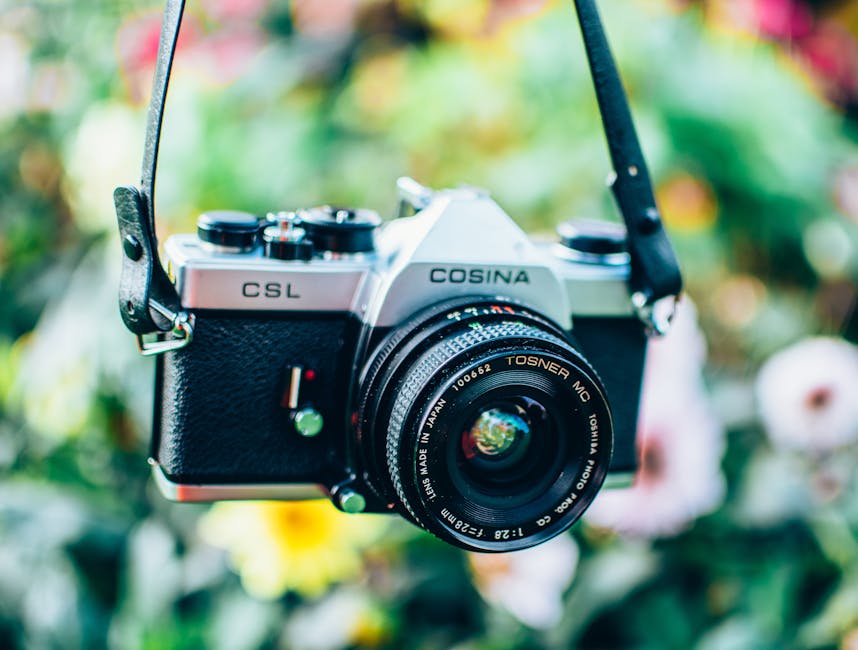DSLR (Digital Single Lens Reflex) cameras are commonly used by professional and aspiring photographers for their superior image quality, versatility, and control. Understanding the basics of a DSLR camera and its functionalities can help you capture stunning photographs.
**Understanding DSLR Cameras**
DSLR cameras have a unique design that allows light to enter the lens and reflect off a mirror onto the optical viewfinder. This enables you to see the scene exactly as the lens will capture it. When you press the shutter button, the mirror flips up and the light reaches the image sensor, which converts it into a digital image.
**Key Features**
– **Interchangeable Lenses:** DSLR cameras allow you to change lenses depending on the type of photography you're doing. Wide-angle lenses are great for landscapes, telephoto lenses for wildlife, and macro lenses for close-up shots.
– **Large Image Sensor:** DSLR cameras typically have a larger image sensor than other cameras, resulting in higher resolution and less noise in images.
– **Manual Controls:** DSLRs offer full manual control over camera settings, including aperture, shutter speed, and ISO. This allows you to fine-tune your images for specific effects and creative outcomes.
– **Fast Autofocus:** DSLR cameras have sophisticated autofocus systems that can quickly and accurately lock onto subjects, even in low-light conditions.
**Basic Functions**
– **Aperture:** Controls the size of the opening in the lens, affecting the depth of field (the range of sharpness). A wide aperture creates a shallow depth of field, blurring the background, while a narrow aperture gives a greater depth of field.
– **Shutter Speed:** Determines the duration the shutter stays open, controlling the amount of light reaching the sensor. A faster shutter speed freezes motion, while a slower shutter speed can create motion blur.
– **ISO:** Adjusts the sensitivity of the image sensor to light. A higher ISO increases sensitivity, allowing you to shoot in low light, but it can also introduce noise into the image.
**Tips for Using a DSLR Camera**
– **Experiment with Different Lenses:** Try different lenses to explore their unique perspectives and effects.
– **Master Manual Mode:** Learn the manual mode to control all camera settings and achieve precise exposures.
– **Use a Tripod for Stability:** Use a tripod to prevent camera shake, especially in low light or when using a long lens.
– **Compose Your Shots Carefully:** Pay attention to composition, including elements such as rule of thirds, leading lines, and focal points.
– **Edit Your Photos:** Take advantage of photo editing software to enhance your images, adjust colors, and improve contrast.
Mastering a DSLR camera requires practice and experimentation. By understanding the key features and functions, you can unlock the full potential of this powerful tool and capture breathtaking photographs.

